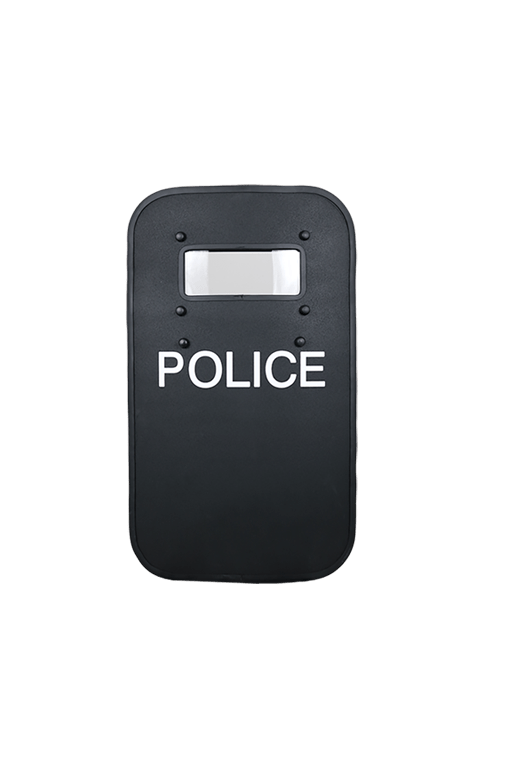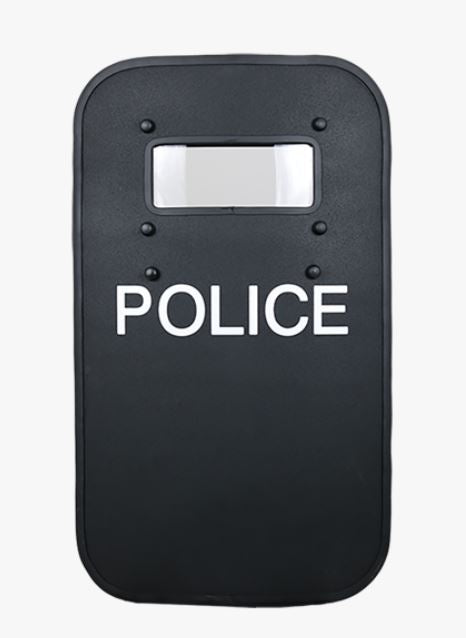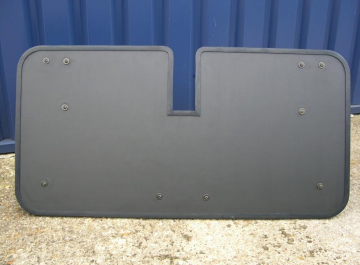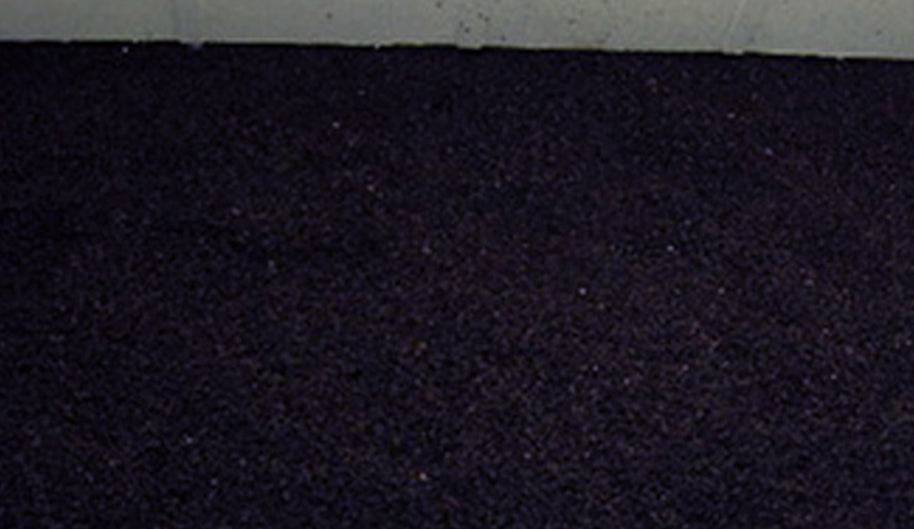DESCRIPTION
Ballistic Shields | Tactical Shields | Police Shields
Shop Ballistic Shields, Police Shields, Tactical Shields
NIJ Level IIIA, III, and IV Tactical Shields for Police & Military Personals.
Buy with confidence from SecurityProUSA a manufacturer and developer of ballistic shields, made to serve and protect our law enforcement communities . USA-made and battle-tested in our own ballistic testing firing ranges.
Modern Ballistic Shields are protective shields designed to protect police, military, or anyone from deflected bullets either from handguns, rifles, and other projectiles such as rocks and arrows fired at their carrier. It also acts as an effective solution against less serious threats during riot situations where riot shields don't offer adequate protection. The ballistic shields are built with UDPE material providing maximum protection against ballistic materials and are battle-tested in some of the harshest of conditions. Offers optional viewport with NIJ certified Level II ballistic polycarbonate which allows for increased peripheral vision.
For more than 20 years, Security Pro USA has been the source for Ballistic Shields, Ballistic Partitions and protective solutions. Using our vast experience and sophisticated expertise, our representatives are dedicated to offering you advanced ballistic shields that are in compliance with NIJ standard 0108.01 as well as UL. As a result, Security Pro USA offers a variety of ballistic shields in a variety of sizes and protection levels, from brands you can trust such as SecPro, Special Ops Bunker United Shield, KDH, Hardwire and many others.
















